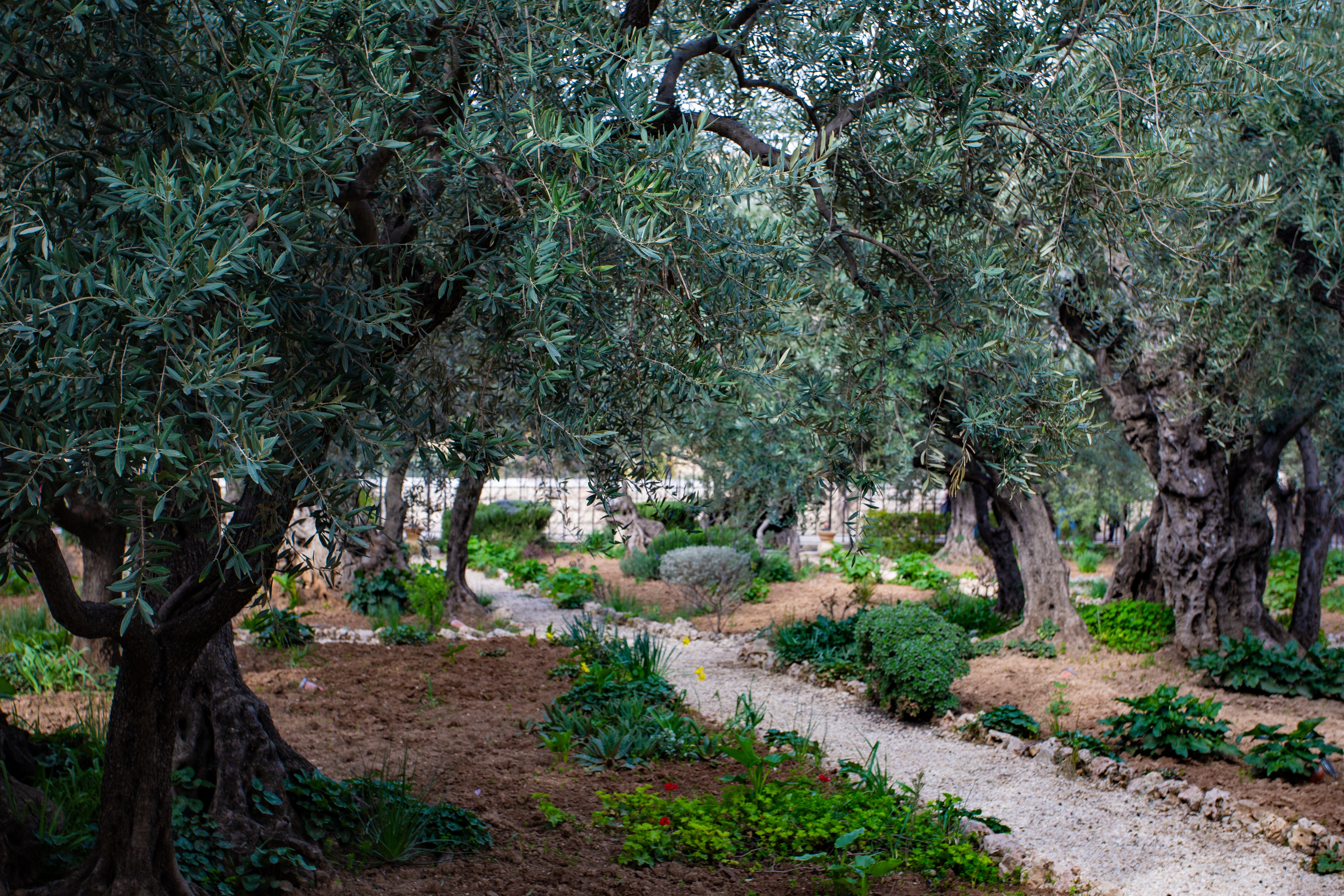My manager’s kindergarten-aged daughter is a brave little one: she willingly holds her arm out for the needle at the doctor’s. While I don’t exactly freak out about injections and have donated blood a number of times, I am a bit squeamish when it comes to blood and the cutting up of my body.
I don’t think I’ll ever get laser-eye surgery because the mere thought of a machine burning off a layer of my cornea sends shudders down my spine.
That said, I felt the same way about getting my wisdom teeth out and that turned out to be a walk in the park. Thank you, general anaethesia!
Sometimes, I think the anticipation of pain can be as bad or worse than the actual pain.
Not to say the actual pain isn’t excruciating. Imagine if I’d had my impacted wisdom teeth shattered then extracted without anaesthesia. Shudder! The pain would have been unbearable. And the anticipation of that pain – I don’t know if I could have handled that either, to tell you the truth.

Reading through the Gospels again this last week, I have lingered on Gethsemane. The Garden of Gethsemane, where the anticipation of his looming death bore down so heavily on Jesus.
He plunged into an agonising sorrow.
That’s how it’s rendered in The Message translation of Matthew 26:36-38.
He sweated blood. It’s a rare condition that can be caused by extreme fear or distress – a powerful outward manifestation of inner turmoil.
This is not to say Calvary was a piece of cake – just watch the crucifixion scene in The Passion of the Christ. But I think the pain of Gethsemane, the night before, is underrated.
Imagine if you knew you would be betrayed by one of your closest friends.
Imagine if you knew you would be beaten and mocked, rejected.
Imagine if you knew you would be hung on a cross to die, asphyxiated and bleeding from your hands, feet and side.
Imagine if you knew you would be utterly abandoned by the father who loves you.
Knowing all this, and still managing to march forwards and face it.
That burden of knowing what was ahead – could you bear it? Um, that’s probably a no for me.
*

What about the anticipation not of pain, but of reward?
Imagine the weekend.
Imagine the summer holidays.
Imagine a nice hot shower after that full-day hike.
Imagine when you get to see and touch that special person again.
You probably don’t have to try hard at all to understand or remember these things. They’re regular anticipations – weekly, yearly.
For Jesus – and for many others in the Bible and all through history – the anticipation of future awesomeness outshone the anticipation of pain:
… he never lost sight of where he was headed—that exhilarating finish in and with God—he could put up with anything along the way: Cross, shame, whatever. And now he’s there, in the place of honour, right alongside God. (Hebrews 12:1-3)
He saw through the pain to the end goal – that he would be resurrected and that in him we would be reconciled to God.
And that’s the power of hope. Hope is this curiously human yet super and supra -human thing.
I guess that’s how he got through Gethsemane. First he prayed that, if it were possible, he could avoid his gruesome fate. Then, in a subtle but important shift, he prayed that, if it weren’t possible, that the Father’s will be done.
And, at some point, the hopeful anticipation of joy became enough – not necessarily to dispel the agonising anticipation of pain, but at least to make it bearable. It became enough to get Jesus through Gethsemane, the Sanhedrin and Pontius Pilate.
*
Hands up who wants hope this Easter.
I want this kind of hope. I need more of this hope.
Maybe your prayer this Easter is for the kind of hope that makes the hard things bearable. For some perspective to make the future reward that awaits you powerful than the suffering that is so present and so pressing. For the Hope that makes you brave.
Header image credit: Daniel Frank.




